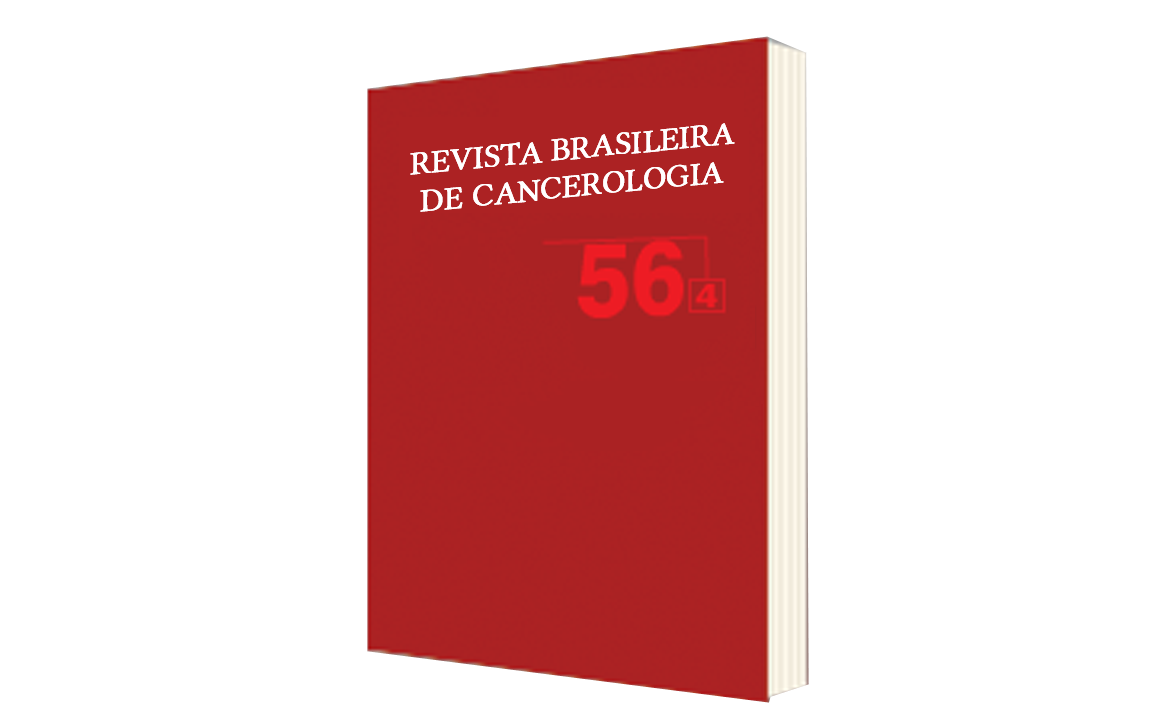Classical Anthropometry and the Adductor Pollicis Muscle to Determine the Nutritional Prognosis in Patients with Cancer
DOI:
https://doi.org/10.32635/2176-9745.RBC.2010v56n4.1462Keywords:
Inpatients, Nutrition Assessment, Anthropometry, Cross-Sectional Studies, Quantitative Analysis, Teresina cityAbstract
The nutritional assessment is widely recognized for its importance in medical follow-up, handling of medical procedures throughout the process of hospitalization, investigation in order to correct nutritional deficiencies, and it is a tool for prognosis. Apathy due to malnutrition leads to decreased daily activities, resulting in a progressive decrease in the adductor pollicis muscle thickness. This paper aimed to establish the nutritional prognosis, by means of classical anthropometry and the adductor pollicis muscle thickness, in patients with cancer. This was a quantitative cross-sectional field study. Eighty-two cancer patients, both adult and elderly, admitted in the São Marcos Hospital in Teresina (PI), were evaluated. The patients were submitted to the nutritional assessment through classical anthropometry (%WC, AC, MAC, CAMA and TCF) and the measure of the adductor pollicis muscle thickness. The patients’ nutritional status was characterized by severe weight loss (56.1%), preservation of muscle mass and prevalence of severe body fat loss (25.93%). The average thickness of the adductor pollicis muscle for the entire sample was 13 ± 3.2 mm. The adductor pollicis muscle was not associated with the length of hospital stay and mortality. WC was the parameter that best correlated with hospital length of stay (p=0.007). The other parameters were not associated with any of the morbidity and mortality indicators studied. The thickness of the adductor pollicis muscle was not a good anthropometric prognostic indicator. This may be attributed to less affected nutritional status, as observed in most patients, and shorter length of hospital stay.









